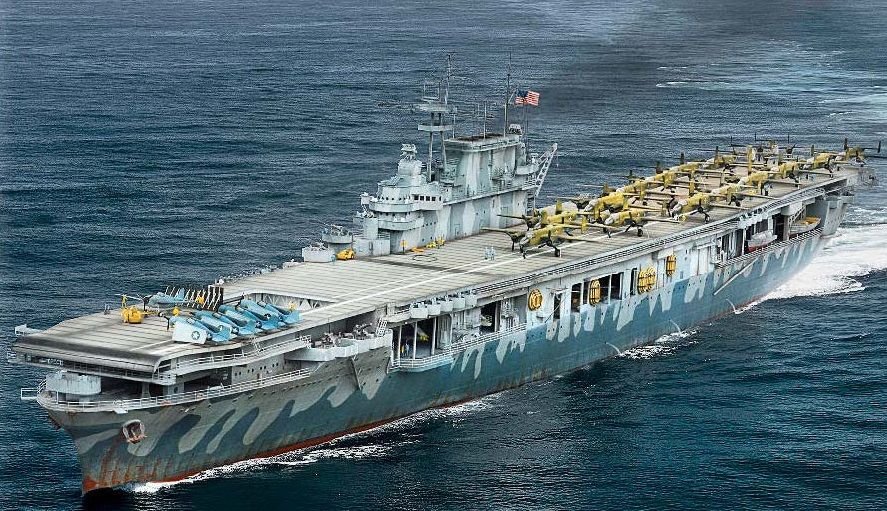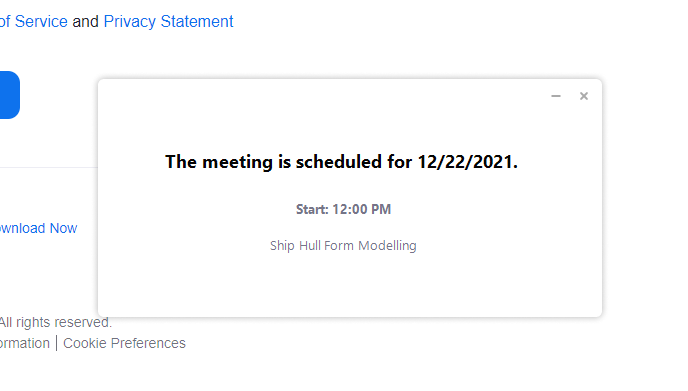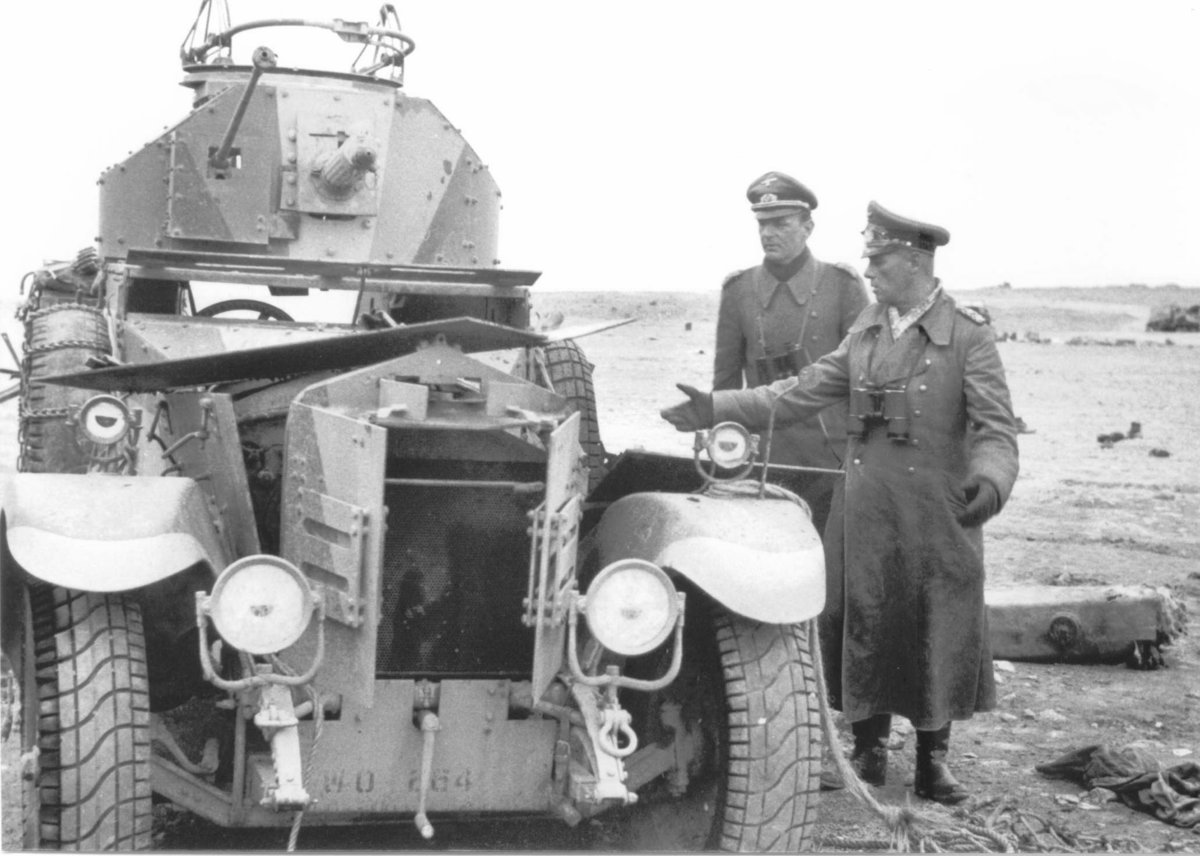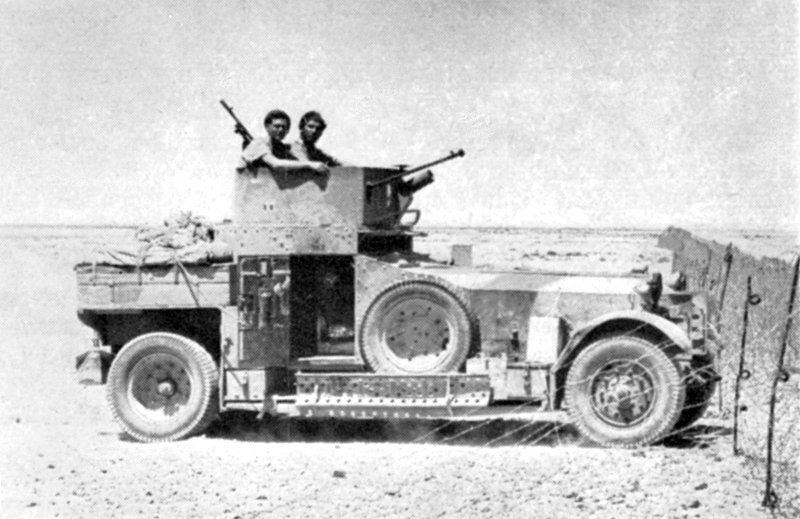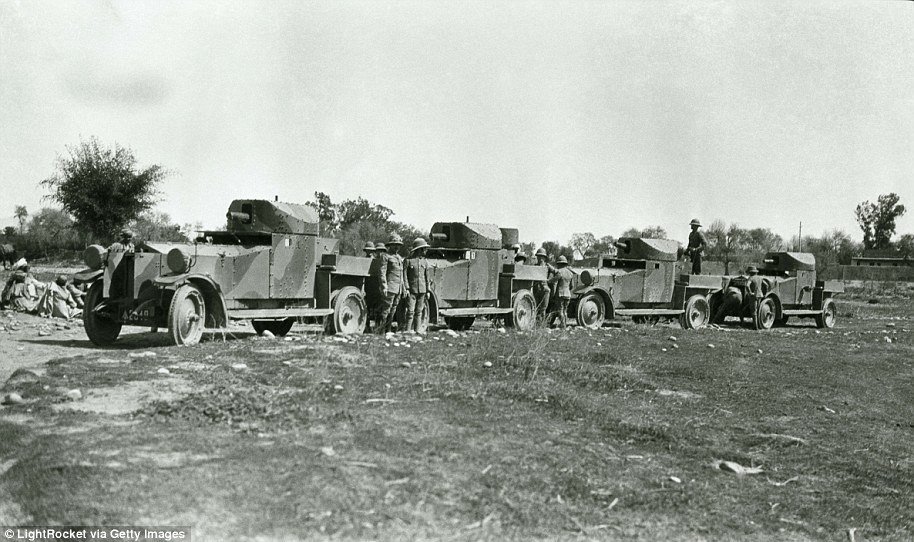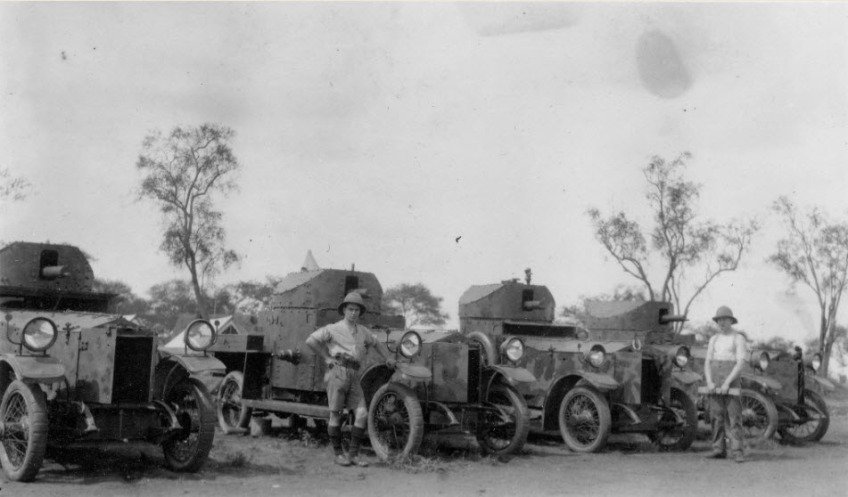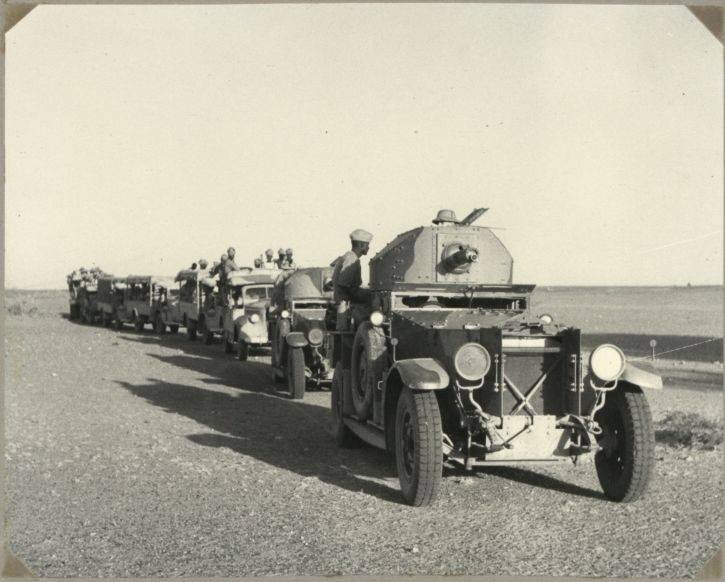-
Posts
4,377 -
Joined
-
Last visited
Content Type
Profiles
Forums
Gallery
Events
Everything posted by Egilman
-
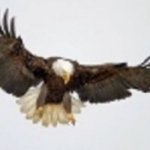
RFM 1/35 Panzerkampfwagen IV Ausf.G-Finished
Egilman replied to Javlin's topic in Non-ship/categorised builds
The Panzergranate 39 was a specific design of AP Shell, It was made in many various calibre's including both 75 & 88 mm.... For example, the 7.5 cm Pak 40 L/46 antitank gun and the 7.5 cm KwK 40 L/48 tank gun fired the same projectile, even though they had completely different cartridge cases. It was also the most common AP shell used in the German armies during WWII.... In the Pzgr. 39/43 of KwK and Pak 43 guns, the driving bands were made wider than those of Pzgr. 39-1 due to the longer barrels causing higher chamber pressures causing the narrow driving bands to fail... German Explosive Ordnance (pdf) -

RFM 1/35 Panzerkampfwagen IV Ausf.G-Finished
Egilman replied to Javlin's topic in Non-ship/categorised builds
Thank you, I have a couple of their kits, most prominent being the M-1 Abrams... (of which I proposed a group build, if I ever get the time) thank you for the review.... One thing about tanks and tank models, a condition of NO weathering is just as valid as the pile of wrecked junk on the battlefield, it was a true state for every single one ever built... -

RFM 1/35 Panzerkampfwagen IV Ausf.G-Finished
Egilman replied to Javlin's topic in Non-ship/categorised builds
Nice Job.... So tell us, what do you think of RFM.... -

HO trains and layouts by popeye the sailor
Egilman replied to popeye the sailor's topic in Non-ship/categorised builds
Agree, that engine would take a bit of work to horse around an 18" curve, 21" would be better or layout a 24" in flex track... it should cruise around a 24".... -
Alan, without the history, what's the point? Although we can sometimes bury ourselves into research, and forget the model, understanding what is being represented is key to representing the model... Keep it going brother... Yep there are a lot more WWII references to the SDF than prewar... especially imagery... Looking great to me....
-

HO trains and layouts by popeye the sailor
Egilman replied to popeye the sailor's topic in Non-ship/categorised builds
Yeah that's one way, but I know your not going to be able to or be satisfied just leaving it on a bare track... It needs to run in it's world.... The rest depends on it's age, date of manufacture and such... an HO scale engine of that size in DCC would command a hefty price tag so I would suspect it is just a simple HO engine from before the DCC era... In other words no sound... Still a great purchase... As far as reconfiguring it's scheme, the tender's shell should come off by just removing two screws through the frame underneath, (heck it may even be just snapped on) and at that point it's just like refinishing any plastic model... Which I know you can do... Oh yeah, to run it open is simple, you need a complete circuit of track, and a dc power controller is all.... on, faster, slower, off.. turn the knob the other direction for the same in reverse.... Fairly inexpensive... power comes thru one rail and the electrical circuit is completed thru the opposite rail... Configuration for more is a very DEEP, DEEP subject though... If it is DCC, it gets a lot more complicated and involved... Take the plunge down the rabbit hole, you won't regret it... -

RFM 1/35 Panzerkampfwagen IV Ausf.G-Finished
Egilman replied to Javlin's topic in Non-ship/categorised builds
They generally didn't, except in winter with the slapped on whitewash in the field.... -
It's not easy finding photo references for the motor machine gun units in east Africa prewar... I hear ya, plenty of WWII references from the north african campaign like this one sporting that diagonals pattern... Lets not talk about the personalities in the pic... {chuckle} But then there is this one at Bardia 1940.. The Sudan Defence Force were local Sudanese recruited, equipped & led by british officers to defend the southern border from incursion by the Italians from Ethiopia... First pic is British manned cars in East Africa Not sure of the location.... The Camo is a random blotchy pattern, colors unknown but probably brown over green and they don't mount sand tires, standard early '30's road tires... Next pic is definitely Sudanese troops in south Sudan exact location unknown... What you can see in this pic are two RR 1920 pattern cars leading the column, what's interesting is the camo pattern on them both are tiger striped but the first car is a right to left pattern and the second car is a left to right pattern.... So there was no set pattern design, and note, they are fairly clean, not a lot of dust on them in a very dusty environment.... Rolls Royce has a long history in east Africa.... 1914 pattern cars during WWI.... I read that Lawrence of Arabia had his own personal RR Armored Car.... Very interesting subject.... lots of info, few pics....
-
It's a Roden kit, I think you will be impressed with it... other than that it's a pretty typical plastic kit, paint and glue and a bit of skill which you have in abundance.... It is of course the 1920 Pattern Rolls Royce Armoured Car, a development of the 1914 pattern car of the same name... They were used in Ireland & Iraq before WWII and in Egypt during the early part of the war... Many were shipped back to England after Dunkirk to provide some measure of local defense.... (the British army having left 99% of it's equipment behind) They would be overall British green with wide dark sand tiger stripes.... (probably better to paint the sand first then the green as thin stripes) In Home service they were British Army Green overall... Many of them survived well into the late '40's early '50's as they were a very robust platform...
-
And it would be 12:00 noon Seattle time.... I will work it out as best I can... I've also set it to record to my local computer so at least I won't miss it if I have to step away... If you want to record it Richard, I will host it for you on drop box available for download to any late comers... (just in case I don't get it all) Sure wouldn't want to lose this opportunity...
About us
Modelshipworld - Advancing Ship Modeling through Research
SSL Secured
Your security is important for us so this Website is SSL-Secured
NRG Mailing Address
Nautical Research Guild
237 South Lincoln Street
Westmont IL, 60559-1917
Model Ship World ® and the MSW logo are Registered Trademarks, and belong to the Nautical Research Guild (United States Patent and Trademark Office: No. 6,929,264 & No. 6,929,274, registered Dec. 20, 2022)
Helpful Links
About the NRG
If you enjoy building ship models that are historically accurate as well as beautiful, then The Nautical Research Guild (NRG) is just right for you.
The Guild is a non-profit educational organization whose mission is to “Advance Ship Modeling Through Research”. We provide support to our members in their efforts to raise the quality of their model ships.
The Nautical Research Guild has published our world-renowned quarterly magazine, The Nautical Research Journal, since 1955. The pages of the Journal are full of articles by accomplished ship modelers who show you how they create those exquisite details on their models, and by maritime historians who show you the correct details to build. The Journal is available in both print and digital editions. Go to the NRG web site (www.thenrg.org) to download a complimentary digital copy of the Journal. The NRG also publishes plan sets, books and compilations of back issues of the Journal and the former Ships in Scale and Model Ship Builder magazines.

